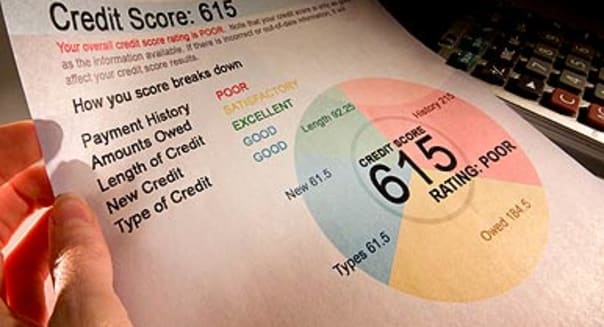Filed under: Company News, Netflix, Amazon.com, Entertainment Industry, Investing

These awards are for performances in 2014, but bigger things are in store during the year ahead. Netflix staged a head-turning presentation during the Television Critics Association's winter previews last week, letting the industry know that it's going to have a busy slate of compelling programming.
Netflix can afford to spend more on exclusive content. It closed out its third quarter with 53.06 million streaming subscribers, and a springtime rate increase last year only grows the number and quality of the shows and even movies that it can now bankroll.
Coming Attractions
The third season of "House of Cards" returns next month, and that's naturally going to be magnetic. However, there's a lot more going on beyond the Feb. 27 return of Spacey's political drama. On March 6,the Tina Fey-backed "Unbreakable Kimmy Schmidt" -- originally slated to be on NBC -- hits Netflx's growing catalog. "Bloodline," a drama from the creators of "Damages," rolls out just two weeks later.
This brings us to April, when Disney's (DIS) Marvel rolls out "Daredevil." We're not talking about the 2003 movie starring Ben Affleck, which topped $100 million in ticket sales. This will be a new series based on the comic book property.
May brings "Grace and Frankie," starring Jane Fonda and Lily Tomlin as two women who bond after their husbands run off with each other, to Netflix viewers. The hype started building on Sunday night with Fonda and Tomlin presenting together at the Golden Globes.
It Will Be Hard to Cancel Netflix
It was less than three years ago that Netflix began to pepper its catalog with original programming, starting with the February 2012 debut of "Lilyhammer." "House of Cards" and "Orange Is the New Black" followed a year later.
Netflix now has the financial flexibility to keep popping out new content every couple of weeks that subscribers can't get anywhere else. That's intentional. It will be difficult to cancel the monthly service if there's a steady flow of perpetual programming.
Netflix investors had better hope that's the case. The stock took a big hit in October when its subscriber count fell short of Netflix's own forecast, and now subscriber attraction and retention are more important than ever.
This will be a defining year for streaming. Amazon on Sunday finally landed its first bona fide hit with the critical nod of approval for "Transparent." Time Warner's (TWX) HBO is gearing up to introduce a stand-alone streaming service in the U.S. later this year. This is all happening at a time when Netflix is beefing up its offerings.
Streaming services were the big winners on Sunday night. After seeing shares of Netflix and Amazon lose ground in 2014, it's the kind of success that can't come soon enough for shareholders.
Motley Fool contributor Rick Munarriz owns shares of Netflix and Walt Disney. The Motley Fool recommends and owns shares of Amazon.com, Netflix and Walt Disney. Try any of our Foolish newsletter services free for 30 days. Check out our free report on high-yielding dividend stocks.





 While we all have to deal with wet, snow-drenched shoes this season, did you know that you can dry them out quicker by stuffing them with newspaper to absorb the moisture? You might have to switch out the paper depending on the sogginess, but this really works. Here are some more great winter hacks to help you and your budget stay warm this season.
While we all have to deal with wet, snow-drenched shoes this season, did you know that you can dry them out quicker by stuffing them with newspaper to absorb the moisture? You might have to switch out the paper depending on the sogginess, but this really works. Here are some more great winter hacks to help you and your budget stay warm this season.




















